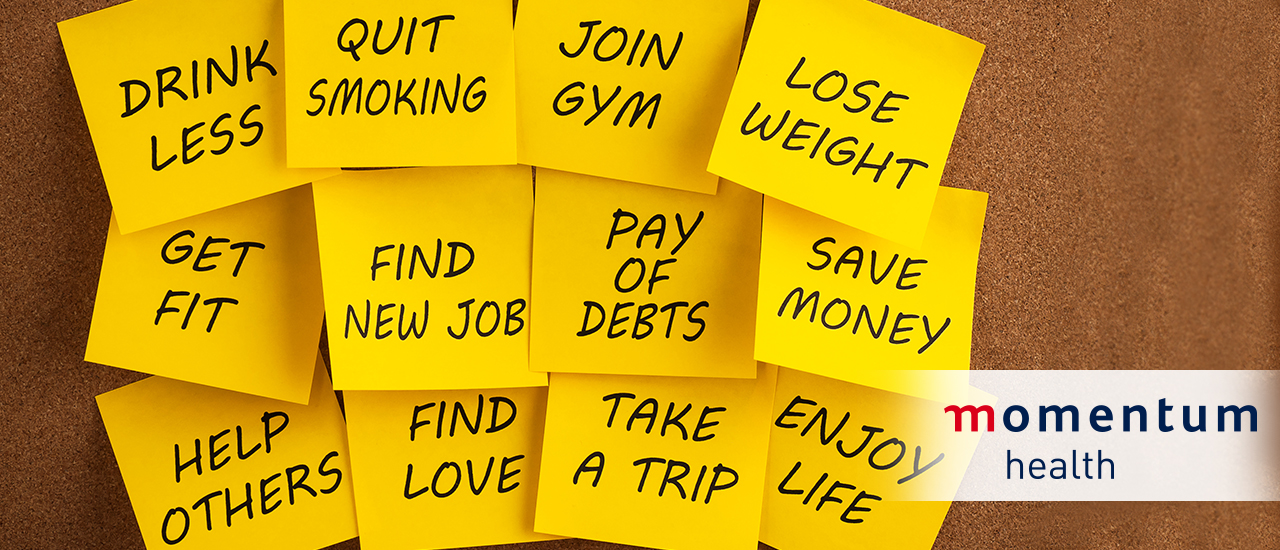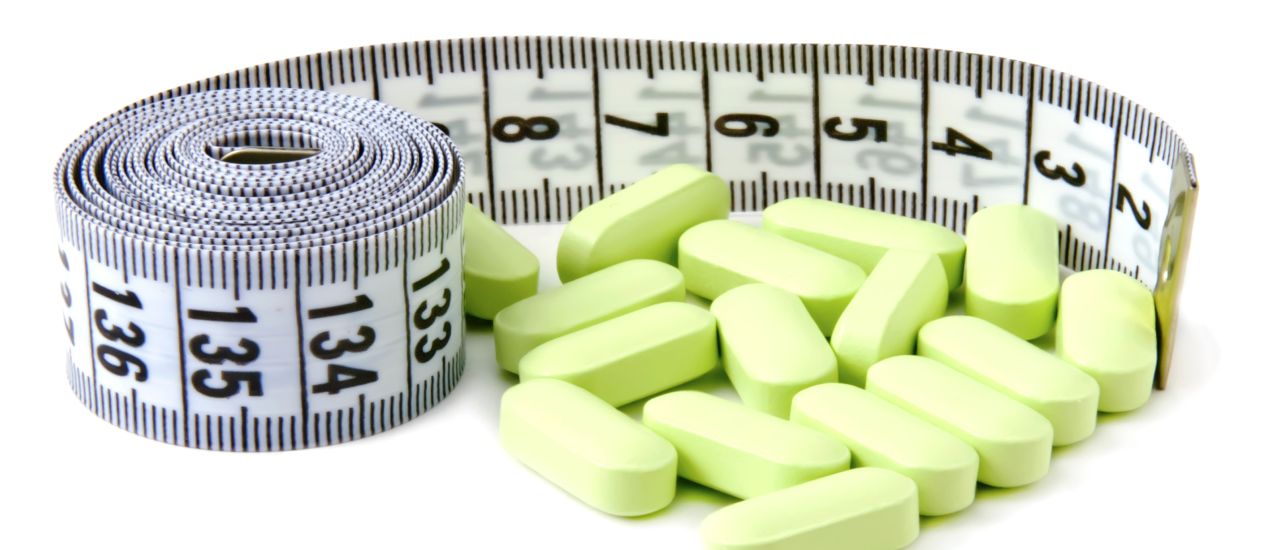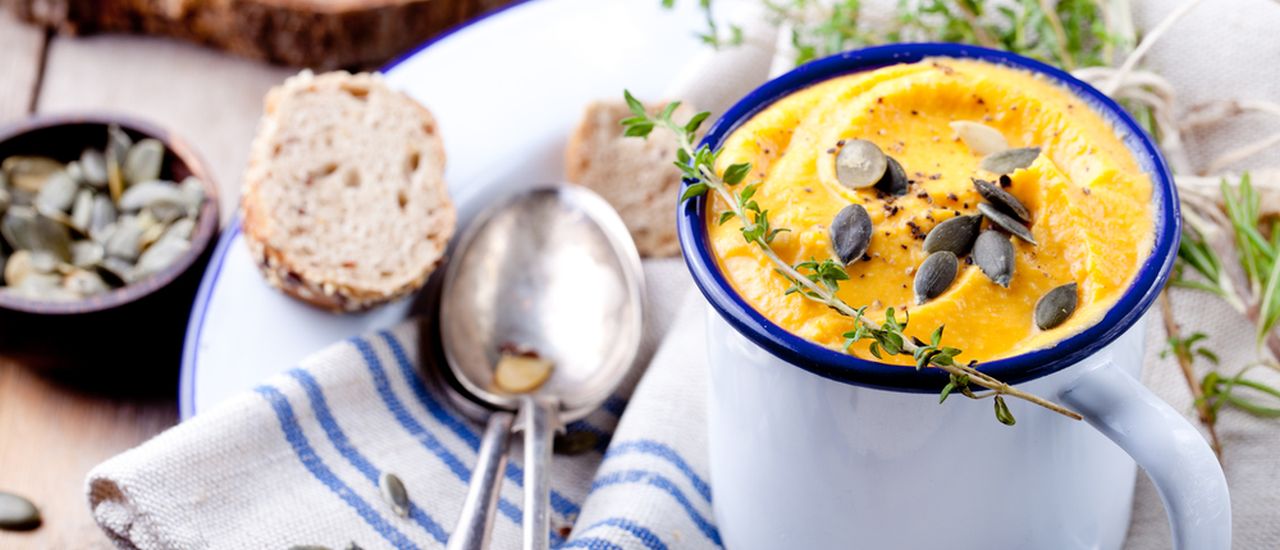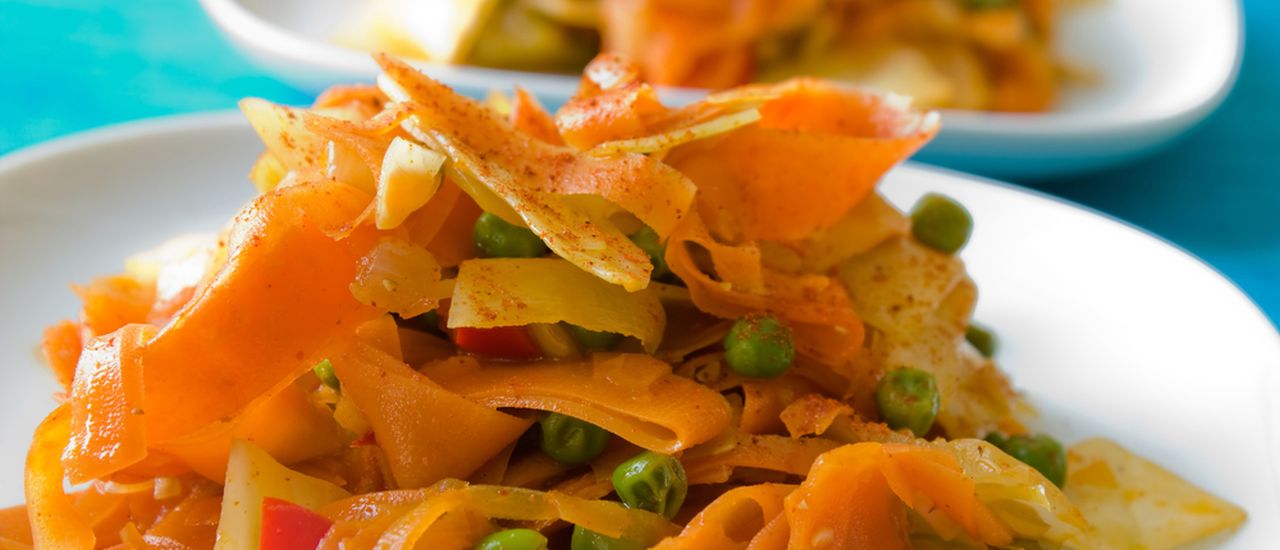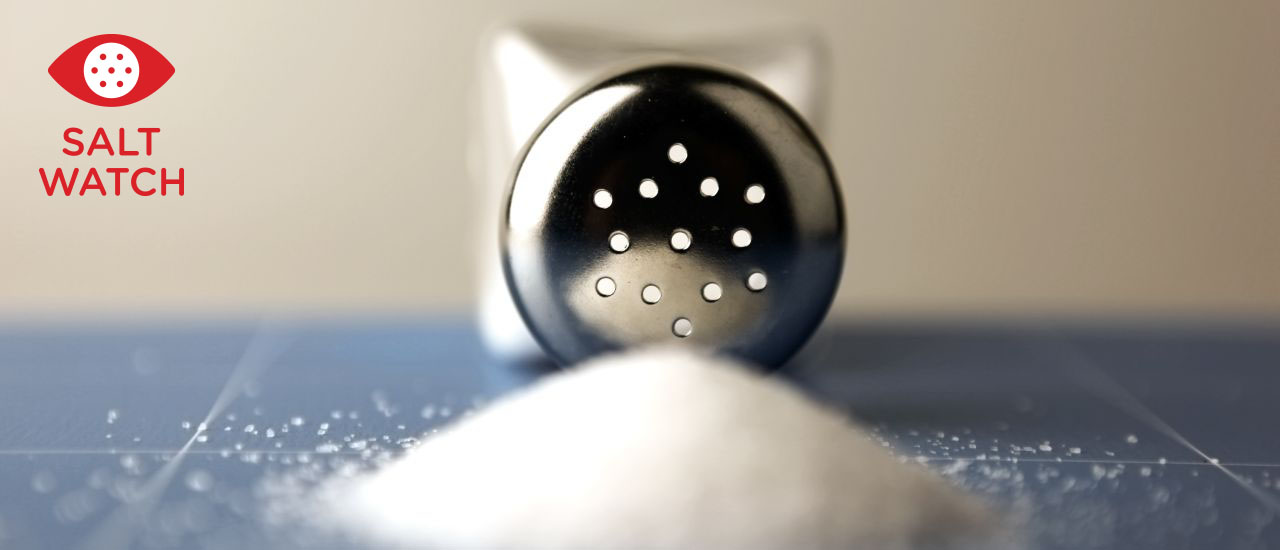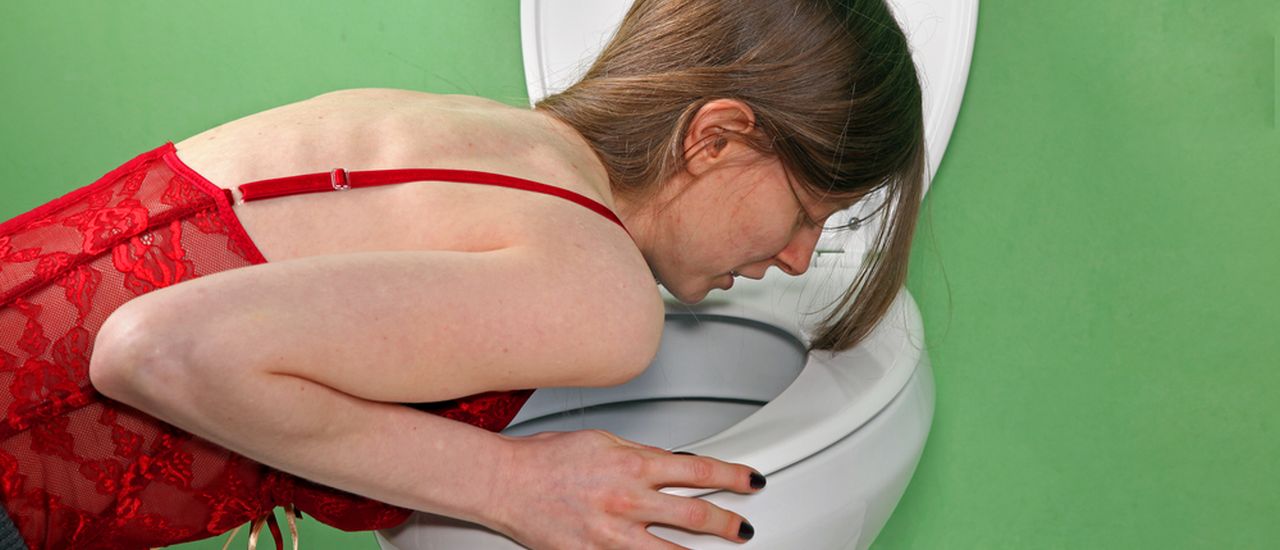A high salt diet is linked to a number of serious health conditions, most commonly hypertension (aka high blood pressure). If left undetected and untreated, this can put you at risk for even more serious health conditions, such as stroke and heart disease. This is why it’s so important to limit your salt intake to no more than 5g (1 teaspoon) of salt a day – this includes any salt you add to your food when cooking and before eating.
Managing your salt intake also means cutting down on processed foods, most of which are high in salt, even if they don’t taste salty. Some of the top culprits of hidden salts in processed foods include bread, breakfast cereals, hard margarine, stock cubes, gravy and soup powders, seasoning salts, chips, instant noodles and other convenience foods, tinned, processed and cured meats, take-away foods, hard cheeses, salted nuts and pickles.
Diets to decrease blood pressure
Dietary Approaches to Stop Hypertension (aka DASH) is an eating plan that emphasises foods which are predominantly unprocessed and naturally low in salt, while limiting salt, unhealthy fats and sugar. The eating plan is rich in fruit and vegetables, whole grains, fish, poultry, lean meats, nuts, legumes and low-fat dairy. These foods are high in key nutrients such as potassium, magnesium, calcium and fibre, which are known to reduce blood pressure.
Guiding principles
- Aim to have at least 5 servings of fruit and vegetables a day, and 2-3 servings of low fat dairy products. The more fruit and vegetables you include, the better it is for your blood pressure
- Cut back on foods that are high in unhealthy saturated and trans fats, and eat less red meat and processed meat
- Eat more whole grain products, fish, poultry, nuts and legumes
- Cut down on sugar and other foods and drinks high in sugar
- Instead of adding salt to a meal, make use of fresh and dried herbs, salt-free spices, vinegar, lemon juice and garlic – they all add great flavour
- Aim to choose foods from the “green group” (you’ll find the table on our blog post) most of the time, as these are naturally low in salt
Remember, your diet isn’t the only thing you can use to manage your blood pressure. It’s also important to:
- Maintain a healthy body weight
- Make exercise and physical activity a part of your daily life. Aim for at least 30 minutes of moderate exercise 5 days a week
- Stop smoking
|
Foods which are lower in salt
Eat these more often
|
Foods where some brands are higher in salt
Eat sometimes
|
Foods which are very high in salt
Eat seldom
|
| Fruit and vegetables (fresh, frozen, dried, tinned with no added salt)Unsalted nuts and seeds
Legumes (beans, lentils, peas)
Mealie meal
Pasta and rice
Plain popcorn
Oats
Fresh fish
Fresh poultry and meat
Eggs
Yoghurt, maas
Plain cottage cheese
Vinegar, spices and herbs (dried and fresh) |
Baked beansPeanut butter
Salted nuts
Breakfast cereals
Bread and bread products
Cakes, pastries, biscuits
Table sauces (tomato sauce, mustard)
Salad dressings
Mayonnaise
Convenience meals, burgers, pies
Tinned fish
Soft tub margarine
Paté, hummus |
Olives, pickles, Atchaar & gherkinsAll types of salt and seasoning salts, stock cubes, gravy powders, soup powders
Instant noodles, crisps
Yeast extracts (Marmite, Bovril), Soya sauce, Worcestershire Sauce, Barbeque sauce
Processed or tinned meats (polony, Vienna’s, salami, ham, sausages, boerewors)
Smoked & cured meat and fish (bacon, biltong, bokoms, anchovies, corned beef, pickled tongue and smoked pork)
Take-away foods, pizza,
crumbed meat or chicken
Cheese
Butter, hard margarine |


